Perfect Planters for Container Gardening
20 April 2021
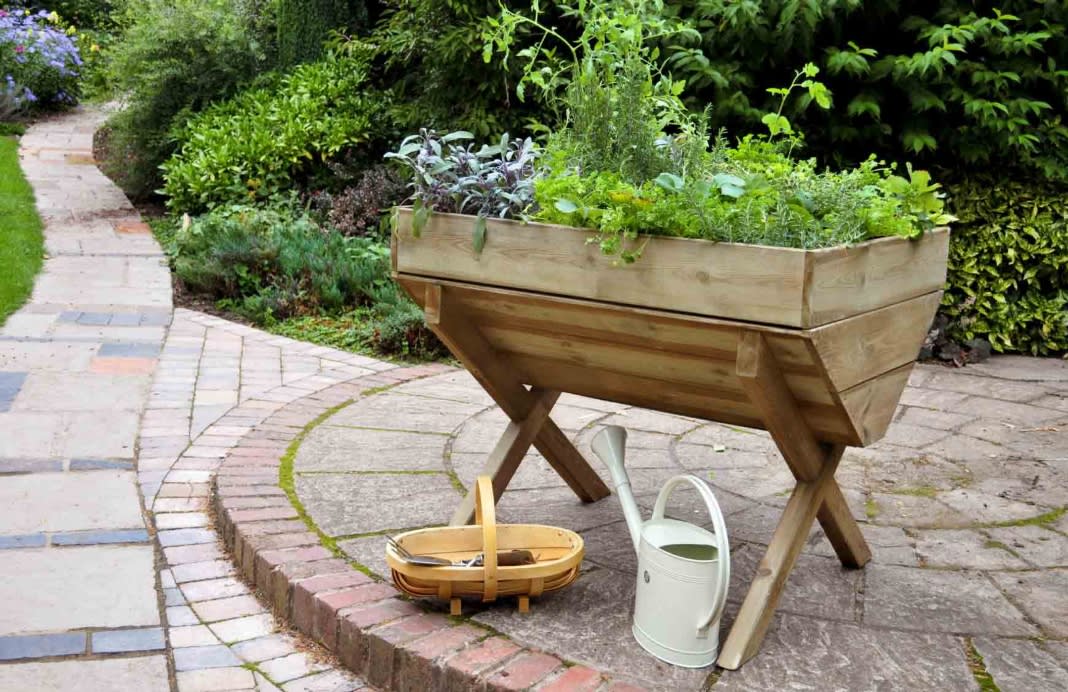
Whether your beds are bursting with blooms, you have a paved patio or your balcony is your outdoor oasis, garden planters are a must for every garden.
Planters let you show off specimen plants, make a front door even more welcoming or make over-wintering easier for your more tender plants.
Remember, planters aren’t just for flowers; they are also ideal for growing fruits and vegetables. Cucumbers, finger carrots, herbs and lots more will all be happy growing in a pot.
Here we share a few top tips for container gardening with planters; we'll be looking at how to:
- Choose a Planter
- Set up Your Container
- Care for Container Plants
Choosing a Planter
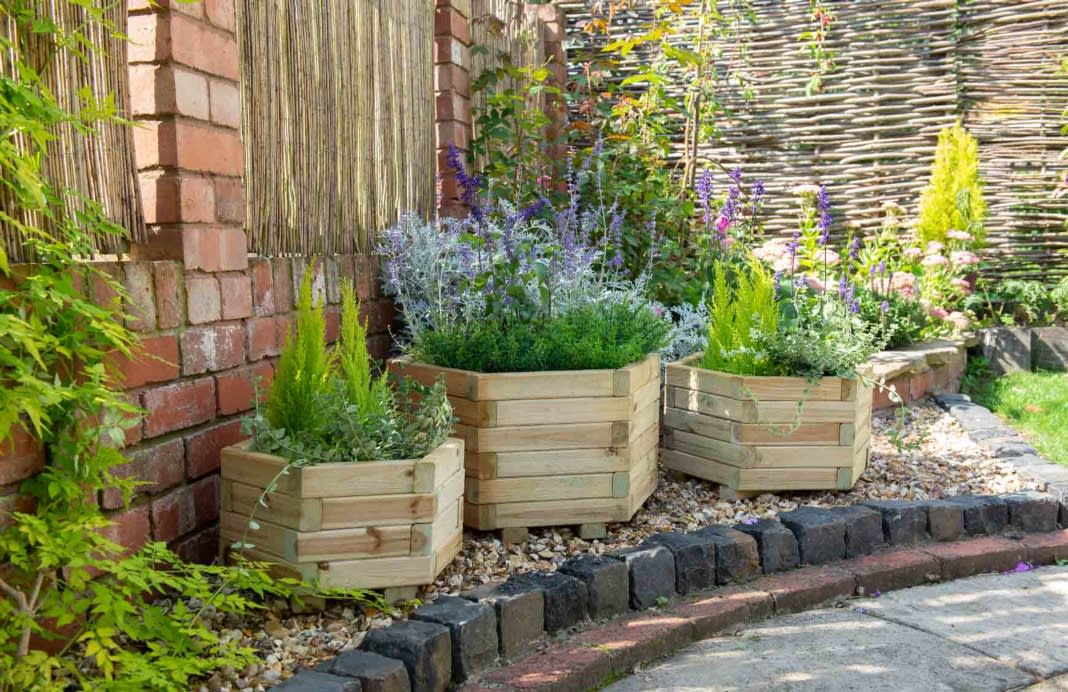
Where possible, match the planter with the eventual size of the plant. Always keep an eye on your potted plants to make sure you pot them on using a larger planter if they outgrow their current pot.
Many planters will come with drainage holes. These are essential for preventing waterlogged plants and rotten roots. If the planter doesn’t have drainage holes, you can easily drill a few into the bottom.
Wooden planters are an absolute favourite. Look for pressure treated planters as, because they have preservative forced deep into the timber, they are more resistant to rot and fungal decay.
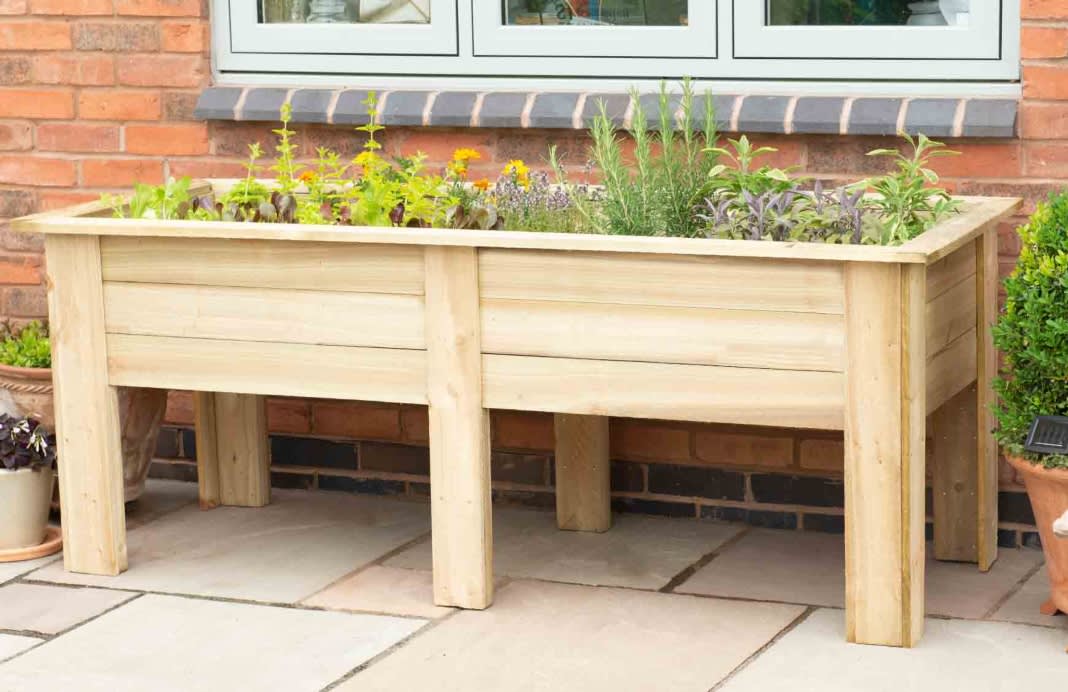
There are planters for particular needs. If you are growing a climber or a tall plant that needs support, opt for a planter with attached trellis. For a corner that needs brightening, there are plenty of corner planters designed to do the job. Got a vulnerable back or dodgy knees? A raised planter makes caring for your plants easy.
B&M Top Tip: after something more decorative? How about a hanging basket? They can add colour and charm to front and back doors! Check out our Planters online, and buy in-store at B&M.
Setting up Your Container
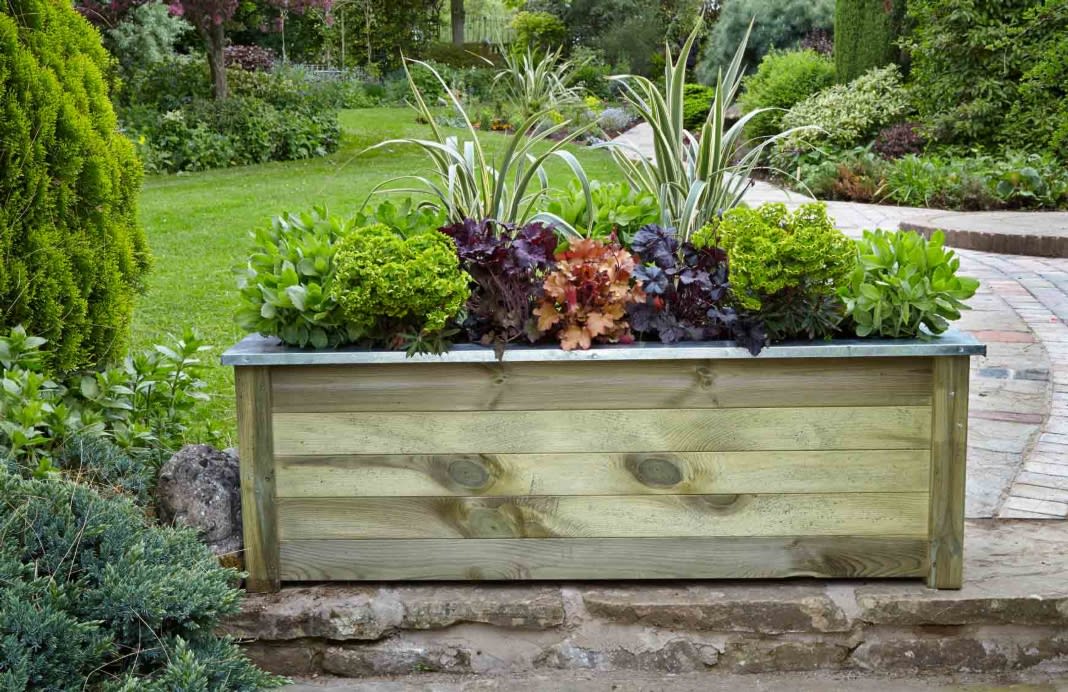
Add grit, large stones or chunks of polystyrene at the bottom of your planter. This helps with drainage and can also reduce the amount of compost you have to use in very deep pots.
Some planters come with integral feet that keep them above the ground and away from some pests. This also helps with drainage. If your planter doesn’t have feet you can buy pot feet separately or use a couple of bricks under the pot.
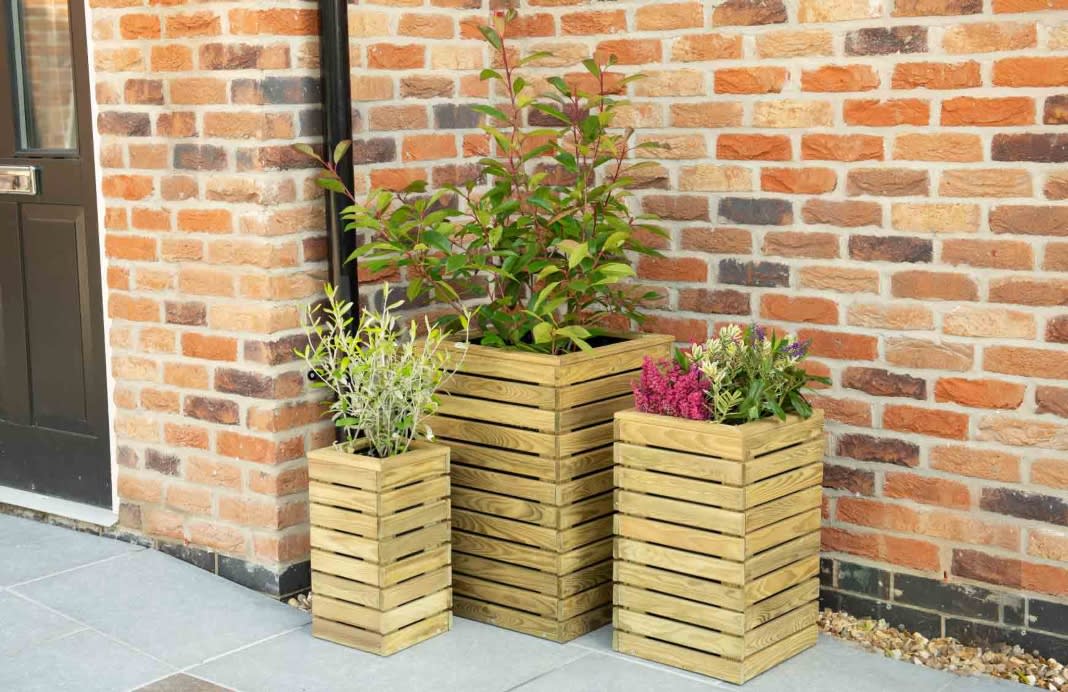
Make sure you choose the appropriate compost for your plants. While most plants are happy with multi-purpose compost, some plants, such as rhododendrons, azaleas and hydrangeas need ericaceous compost which is more acidic.
The big advantage of containers is that you can place them wherever your plant grows best – a sunny spot, a shady spot, a sheltered spot. Be aware that containers full of wet soil can get pretty heavy, so ideally pot up your plant as near to the desired location as possible.
B&M Top Tip: if you need any gloves, propagation trowels or cultivators, you'll find everything you need in our Garden Maintenance & Essentials section.
Caring for Container Plants
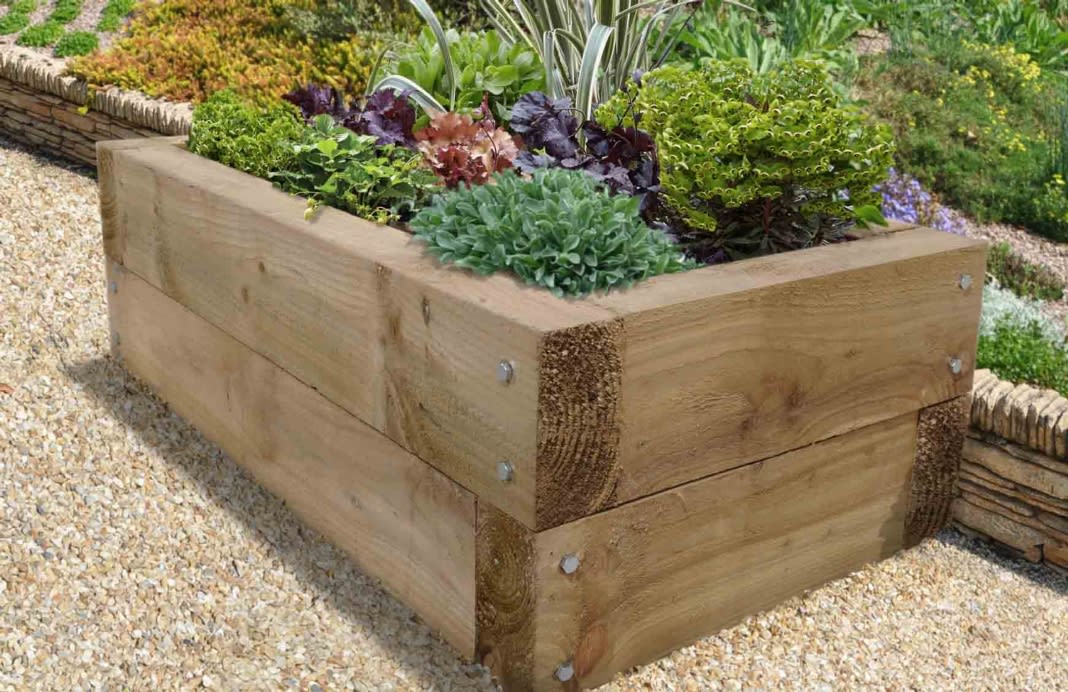
Water, water, water. Rain won’t reach the soil of many potted plants because the canopy of leaves prevents water reaching the roots. Therefore, your container plants rely on you to water their soil. Remember that pots in direct sun may need more watering than those in the shade.
The nutrients in compost are at their best for around two months. These will then run out so you need to replenish them with plant food. Yellowing leaves are often a sign that your plants need feeding. Every year or two, scrape off the top two inches of compost and replace with new.
If you are growing vegetables, or any plants for that matter, organic feeds are a super choice.
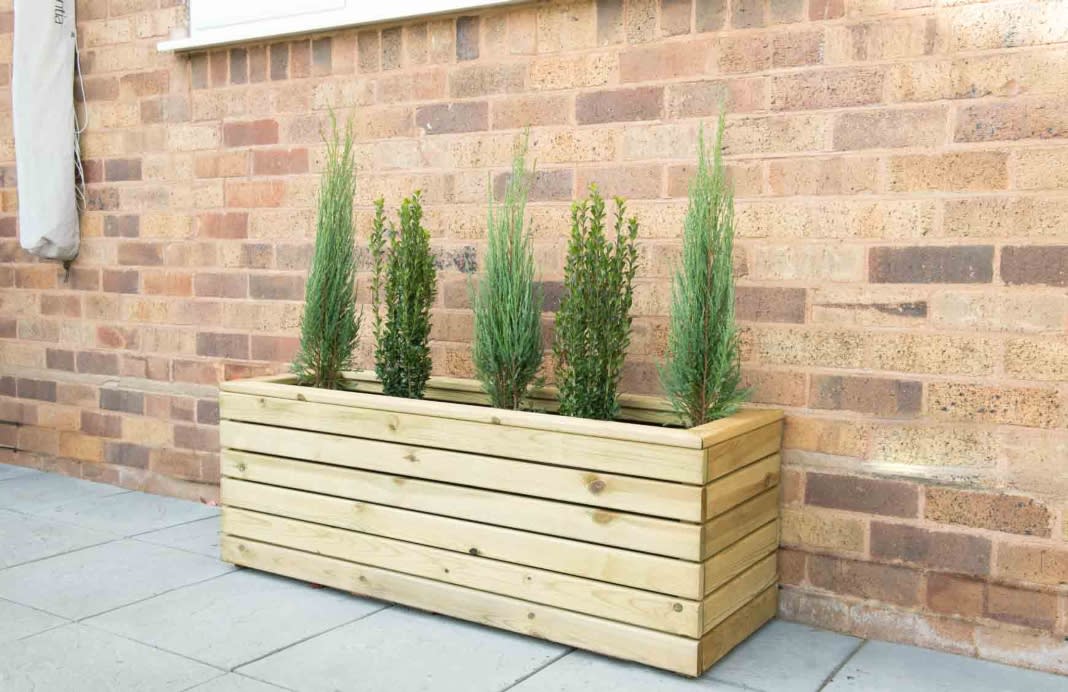
Time to Pick a Planter
We’re potty about planters and stock a wide range. So if any of these catch your eye, take a look at our gorgeous garden planters online at B&M Garden Buildings. Please note that there are delivery surcharges for a few remote postcodes. T&Cs apply.
Inspired to start potting and planting in your own garden? We'd love to see what your planters are full of! Share your before and after shots with the B&M Community on Facebook, Twitter & Instagram!


